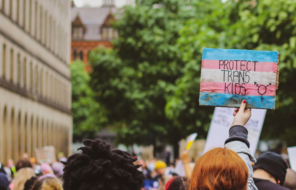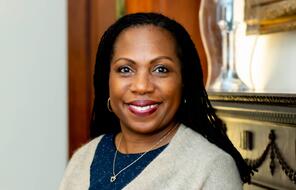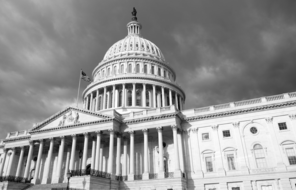
Fostering Civic Imagination and Empowering Students to Shape the Future
“The imagination that takes us to possible and impossible dreams is always necessary. . . . it is important to make it clear that imagination is not an exercise for those detached from reality, those who live in the air. On the contrary, when we imagine something, we do it necessarily conditioned by a lack in our concrete reality.” - Pablo Freire
At Facing History, we believe that our approach can help young people explore their hopes and visions, as well as make informed and ethical choices about how they want to participate in bringing about a more just, equitable, and compassionate society. In the world of civic education this idea is known as “Civic Imagination." This is an aspect of civic education that is not typically taught, but is increasingly important in this highly polarized time and can help us expand our thinking about what civic learning can entail. Recently we had the pleasure of hosting a webinar with Dr. Sangita Shresthova, the director of the Civic Imagination Project at the University of Southern California. In the webinar, we explored how crucial it is for students to have opportunities to think beyond the current state of the world, chart new paths forward, and envision a better world.
Dr. Shresthova and her colleague, Dr. Henry Jenkins, define civic imagination as the “capacity to imagine alternatives to current social, political, or economic institutions or problems. Put bluntly, one cannot change the world unless one can imagine what a better world might look like.” This has also been called “freedom dreaming” by historian Robin D. G. Kelley. Dr. Kelley highlights how “without new visions we don’t know what to build, only what to knock down.”
By activating our civic imagination we are diving into a necessary process that will help open up possibilities for real change.
During the webinar, Dr. Shresthova also highlighted how important it is to think about civic imagination as a collective endeavor. By exercising our civic imagination in community with others we can build empathy, create connection, and build bridges across difference. Our classrooms are a wonderful context in which to cultivate civic imagination in a collective manner. Specifically, civic imagination can help us to do the following with our students:
- Imagine a Better World – How can we help our students imagine a better world that they want to live in together?
- Imagine the Process of Change – How can we help students imagine a process of change and the strategies that will help us move toward that better world?
- Imagine Ourselves as Civic Agents – How can civic imagination help students feel empowered to participate and become civic actors?
- Forge Solidarity with Others with Different Experiences from Our Own – What are the ways that imagination can help students understand others, build connections, and work collaboratively toward a common goal?
- Imagine Our Social Connections with a Larger Community – How can imagination help students expand their sense of community, find shared stories and histories, and strengthen their collective identities?
- Bring an Imaginative Dimension to Our Real World Spaces and Places – How can we draw on students’ imaginations to think creatively about the space around us and expand our sense of what is possible in real world spaces and places?
During the webinar, Stephanie Griffin, a Facing History teacher and longtime civic educator, also shared examples of how she has activated her students’ civic imagination in different ways. For example, when teaching about Reconstruction Stephanie had her students come up with their own plan for Reconstruction and imagine how our world would be different today if their plans had come about. In her civics class she asked students to choose a character and approach a discussion about a particularly challenging societal issue from the characters’ point of view, which created a safety buffer for students and also an opportunity to consider how others may view or be impacted by the issue.
To learn more about civic imagination and how it can help deepen young people’s civic understanding, skills, and dispositions, you can watch a recording of the webinar. You will hear about ways to help young people map and analyze stories that inspire and connect people across differences, and develop creative solutions to civic issues they care about.
For additional resources that help activate your students civic imagination, you can explore the following materials from the Civic Imagination Project and Facing History & Ourselves:
- Practicing Futures: A Civic Imagination Handbook
by Gabriel Peters-Lazaro and Sangita Shresthova
- Democracy and Freedom: US History Capstone Project
by Facing History & Ourselves
- Literature and Imagination Make Democracy Work
by Facing History & Ourselves
- Art, Imagination, and the Quest for Racial Justice
by Facing History & Ourselves













